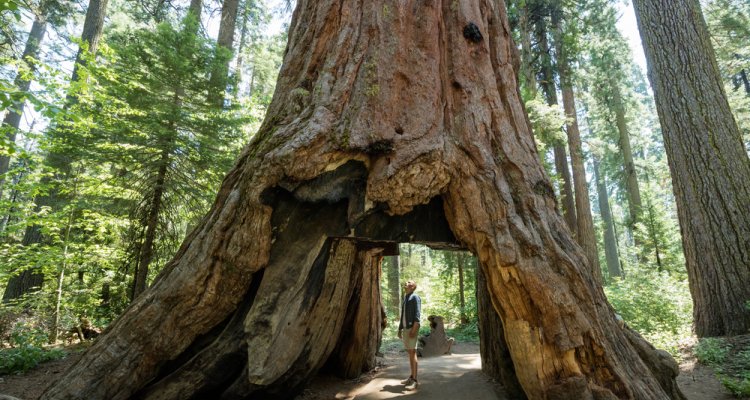
News
Protected nature reserves in US closer to richer and less racially diverse neighbourhoods
More protected nature reserves are not only good for nature; they also have positive effects on people. Nature nearby contributes to better health and well-being. However, not everyone has access to these benefits. Researchers found that protected nature reserves in the US are closer to richer and less racially diverse neighbourhoods. The question is whether this is also true in other countries, and how this can be changed.
At the 2015 United Nations Montreal Conference on Biodiversity, 190 countries agreed to protect at least 30% of the world’s land and oceans by 2030 (30-by-30). The United States is not an official party in this agreement, but their commitment is outlined in the Biden administration’s initiative America the Beautiful. Notable in this initiative are several policy goals, including reversing ‘unequal access to the outdoors’. In short, the initiative states that the benefits of conservation should be shared equitably.
WUR researcher Anna Lou Abatayo of the Environmental Economics and Natural Resources Group sees that people are increasingly aware of the health benefits of nature. “Over the past 20 years, new marine protected areas have been the fastest-growing source of protected areas in the US. As much as 26% of ocean area in the US is now protected, but only 12% of land is protected. Our research shows that marine protected areas are closer to wealthier neighbourhoods. At the same time, they do have more racial diversity than neighbourhoods near protected areas on land. If history is a guide to the future, achieving 30-by-30 may exacerbate inequitable access to nature.”
Access to detailed data
Abatayo conducted the research together with WUR master’s student Madelon van Adrichem, and John Lynham from the Department of Economics & UHERO at the University of Hawaii. They used US data from 2022. “In the research, the focus is on the US because we don’t have access to detailed income and racial European data,” Abatayo explains.
Abatayo stresses that the survey is a snapshot in time. “In a few years, the situation may be different due to residential migration.” She also expects differences across countries. “Developing countries might exhibit wider income disparities, while European countries, with robust social welfare systems, may show minimal gaps. With access to detailed data over time from Europe, Asia and Africa, we can look at differences across countries and changes over time.”
More marine protected areas
Back to the US. In order to achieve the goals of America the Beautiful, the US will require more protected areas inland, instead of near diverse coastal cities. This means that natural reserves on land are now most likely to be protected and only a handful of new marine protected areas will be added. “For more equitable access on the basis of race, it would be good to protect more than 30% of marine areas,” says Abatayo. She points out that altering equitable access to protected areas on the basis of income may prove to be challenging. “When protected areas are created near poorer neighbourhoods, this can bring about an increase in housing prices. Consequently, current residents may opt to sell their properties for a profit. Over time, this can lead to a demographic shift with more affluent individuals residing in the area.”
Abatayo says it is important to realise that protecting nature has social effects. “It is good for nature, but also for people and society. With research, we can better understand these effects. Our analysis shows that achieving the many goals of America the Beautiful will be challenging, especially when it comes to reducing inequitable access to nature on the basis of income. Moreover, assuming that the US has already achieved its goal of protecting 30% of its oceans overlooks a source of nature conservation that has been reducing inequitable access to protected areas on the basis of race.”